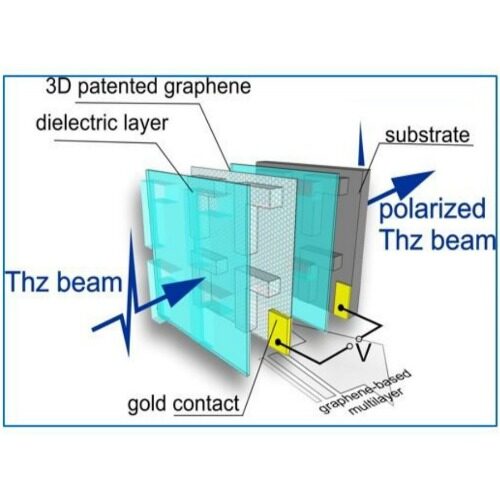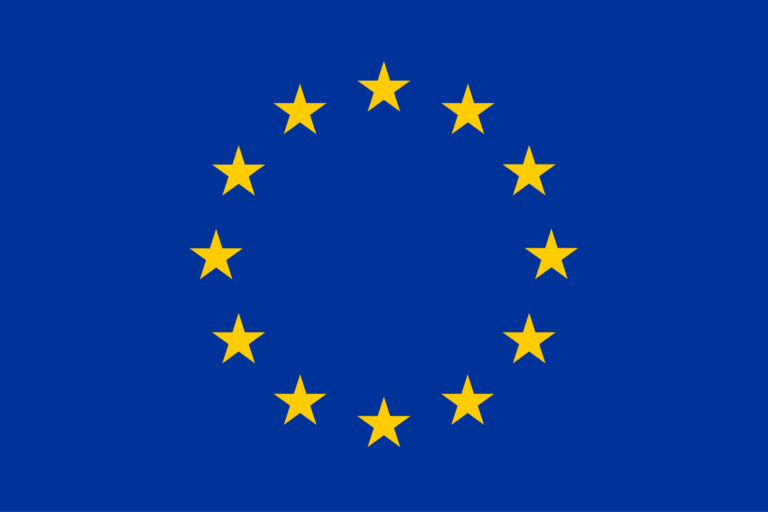
Kiraaliset metamateriaalit THz-polarisaation hallintaa varten
Rahoittajat
Euroopan Komissio

Johtajat
Although nature has provided us a rich palette of materials to engineer devices for control electromagnetic (EM) radiation, this palette is limited. However, the limitations imposed by conventional materials can be overcome because the required functionality can be achieved by assembling an assortment of sub-wavelength entities together. The artificial materials created by structuring on a sub-wavelength scale are called metamaterials. Metamaterials typically consist of two- or three-dimensional arrays of entities (meta-atoms) with subwavelength period and structural features. The freedom in designing of “artificial atoms” enables a delicate tuning of the optical properties using Mie-type resonances. Due to the sub-wavelength periodicity of meta-atoms array, EM properties of metamaterials can often be described in terms of the permittivity, permeability, refraction index, and other uniform-material parameters. Among them a special attention of the research community is currently attracted to the rotatory power, a quantitative measure of metamaterial’s ability to rotate the polarization azimuth of the incident EM wave. A non-zero rotatory power is a feature inherent in chiral metamaterials. The reason for the special attention in chiral media is two-fold. First, chiral media interact with the right- and left- circularly polarized waves differently, which makes chiral metamaterials a unique playground to access fundamental aspects of the light-matter interaction. Second reason is that chiral media can be employed for polarization control. However, a beauty of the chiral metamaterials is that their optical properties go beyond those of chiral crystals and liquids, e.g. they may be engineered to have negative refraction index for one of the circular polarizations.
The main goal of the CHARTIST is to provide chiral metamaterials that pave the way towards THz components having unprecedented tunability and being beyond the state-of the art in terms of the THz radiation control. We will create arrays of meta-atoms, which are deposited on a dielectric or semiconducting substrate. The meta-atom will be designed to maximize THz response and to enable control of this response by intense laser pulses and external static electric fields. Unprecedented tunability will be based on the graphene membrane placed on the array of chiral meta-atoms deposited on the dielectric substrate. By adding a solid electrolyte layer on the top of the membrane we will tune the carrier densities by applying a small gate voltage thus achieving modulation of the polarization and amplitude of the transmitted THz wave. Such a geometry enables also combing the electrical and optical control of the carrier density providing a feasible approach for achieving THz polarization control.


